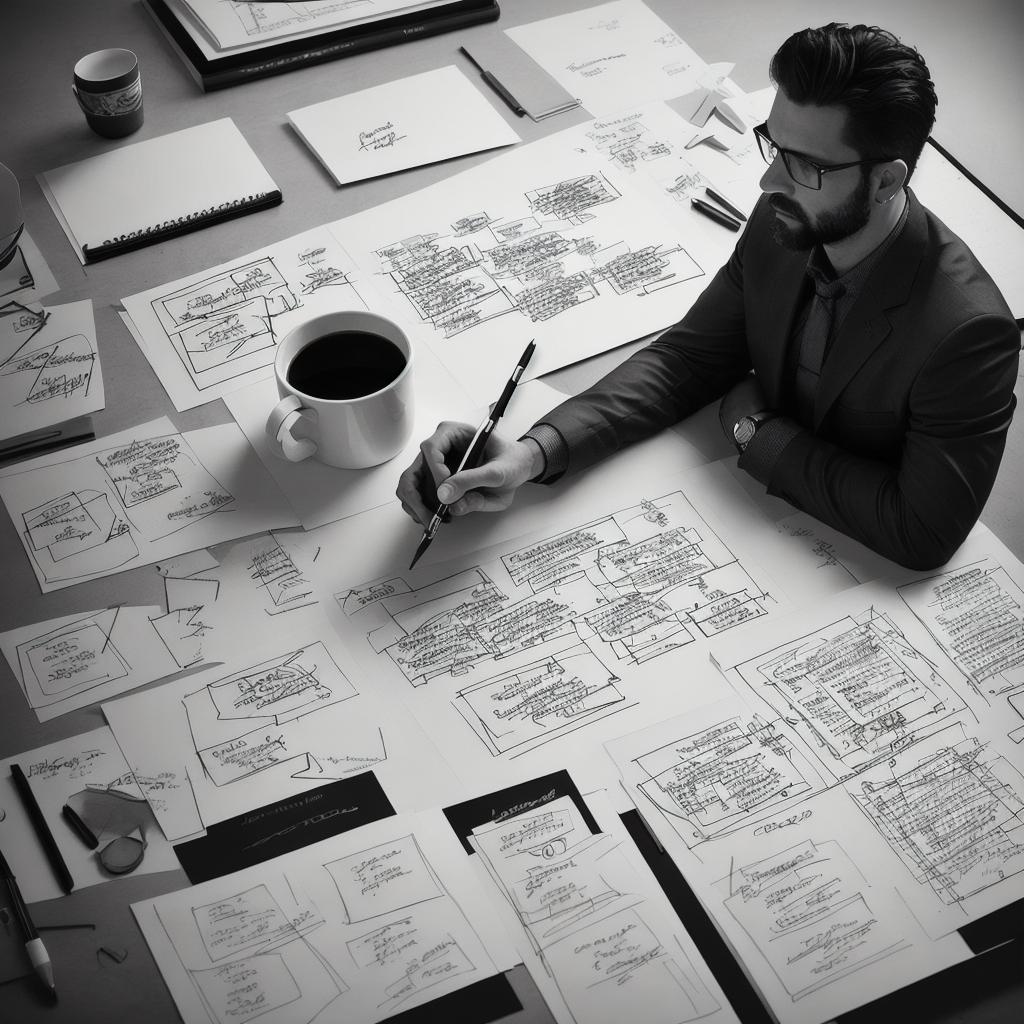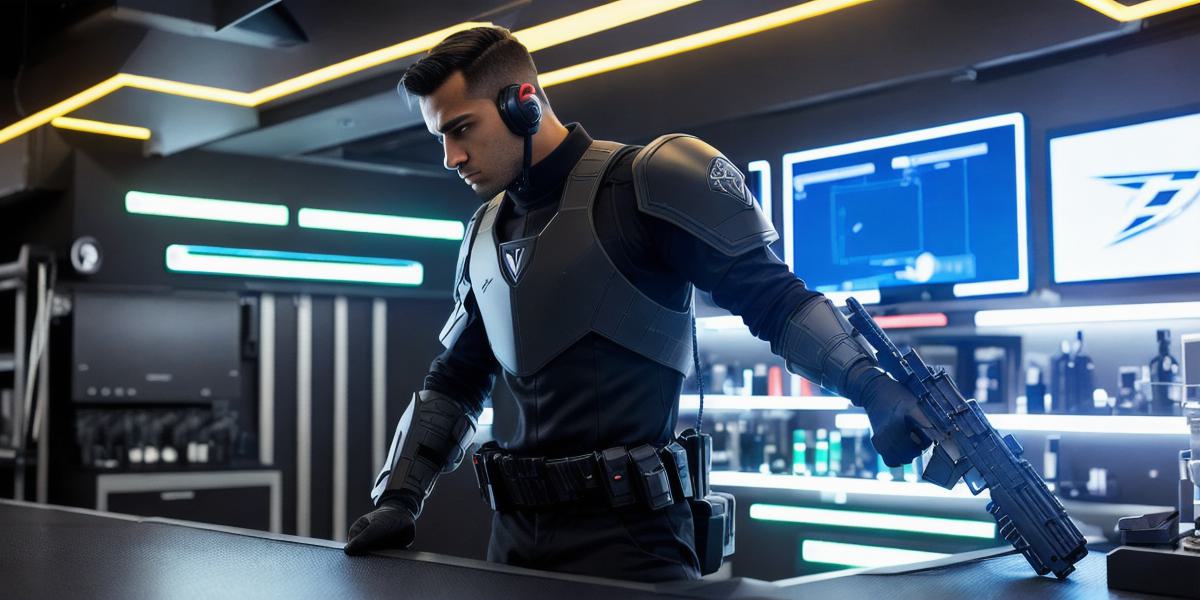As a valued member of our gaming community, we’re thrilled that you’ve shown interest in the intricacies of agent design in Valorant. In this comprehensive response, we’ll delve into the various aspects of how agents are designed and developed in Riot Games’ tactical shooter.
1. Agent Conceptualization: The Blueprint for Characters
The first phase of agent design involves conceptualizing a unique character concept. This process may begin with brainstorming ideas based on various themes, such as mythology, futuristic technology, or even real-world influences. Agents are given distinct personalities and backstories that resonate with players, enhancing their engagement and immersion in the game.
**Example:**
Jett, a renowned Spaniard with the power of teleportation, was inspired by the idea of a “swift and agile Assassin.”
**2. Ability Design: The Core Gameplay Mechanics**
Once an agent’s concept is established, ability designs are developed around their role within the game. These abilities are meticulously balanced to encourage strategic gameplay and complement team dynamics. Each ability has a unique purpose that contributes to an agent’s overall kit, creating depth and versatility.
**Example:**
Jett’s abilities include “Cloudburst,” which creates a smoke bomb, and her signature ability, “Tailwind,” which allows her to dash through walls in the direction of her next shot or ultimate ability use.
**3. Visual Design:
Bringing Agents to Life**
Visual design plays a crucial role in bringing agents to life in Valorant. This process includes creating concept art, 3D modeling, animations, and textures. The visual aesthetic is designed to be both visually appealing and easily distinguishable from other agents, ensuring a clear understanding of each character’s identity on the battlefield.
**Example:**
Jett’s visual design features an agile, acrobatic appearance with a sleek black jumpsuit, red accents, and a striking blue mask that signifies her elite status as a Valorant Agent.
**4. Voice Acting and Sound Design: Adding Personality**
To further enhance the immersive experience of playing as or against an agent, voice acting and sound design are essential components of agent design. These elements help bring each character’s unique personality to life through their lines, taunts, and distinct audio cues that make each interaction with them memorable.
**Example:**
Jett’s voice lines include expressions of determination, confidence, and even a touch of arrogance, enhancing her role as the “Assassin” agent in Valorant.
**5. Balance and Iteration: The Ongoing Process**

Lastly, balance and iteration are essential parts of agent design, ensuring that agents remain fun, engaging, and fair to play with or against. Agents receive regular updates and rebalancing to address any issues, maintain a healthy metagame, and provide fresh experiences for players.
In conclusion, the process of designing an agent in Valorant is a multifaceted endeavor that involves conceptualization, ability design, visual design, voice acting and sound design, and ongoing balance and iteration. Each aspect plays a crucial role in creating unique, compelling characters that offer diverse gameplay experiences for players.
